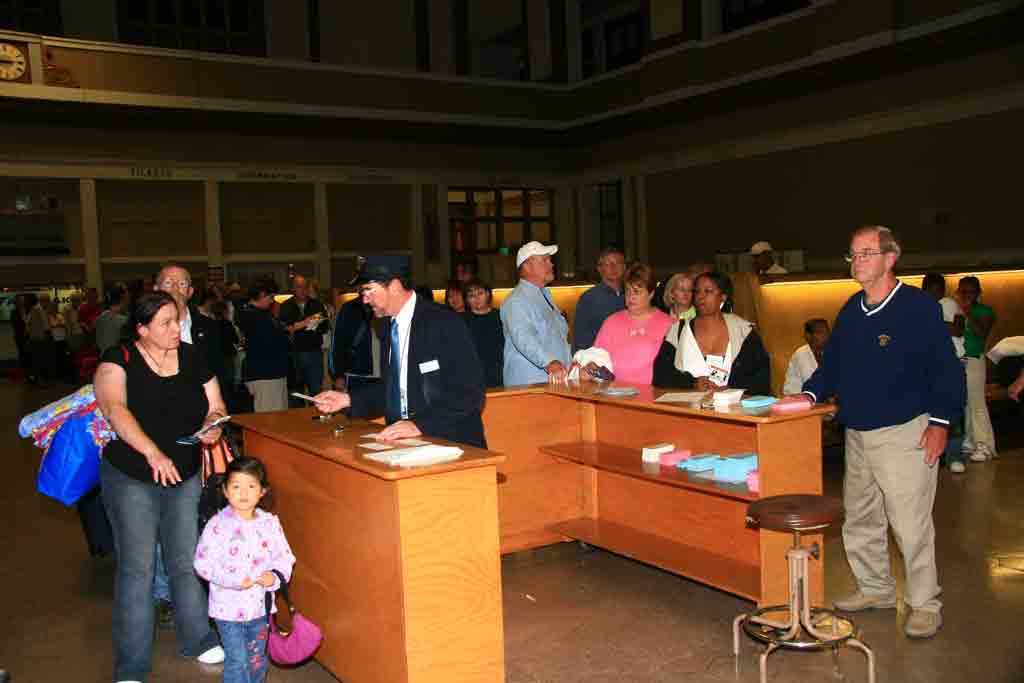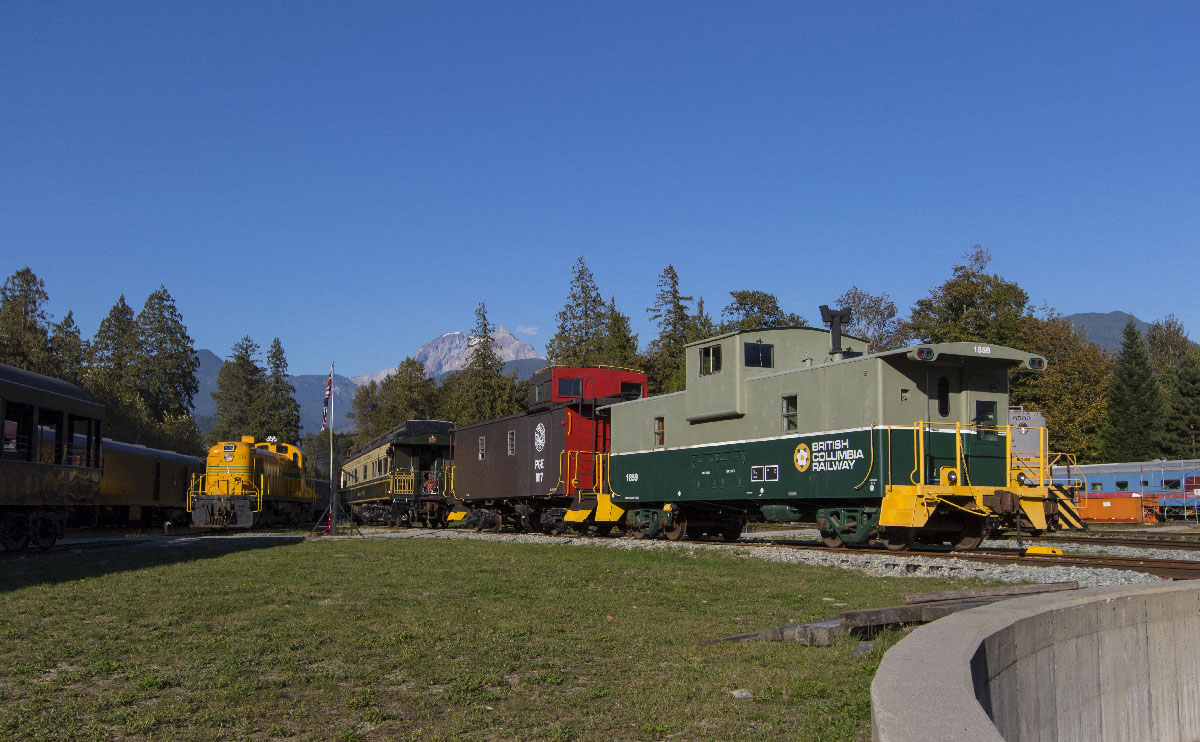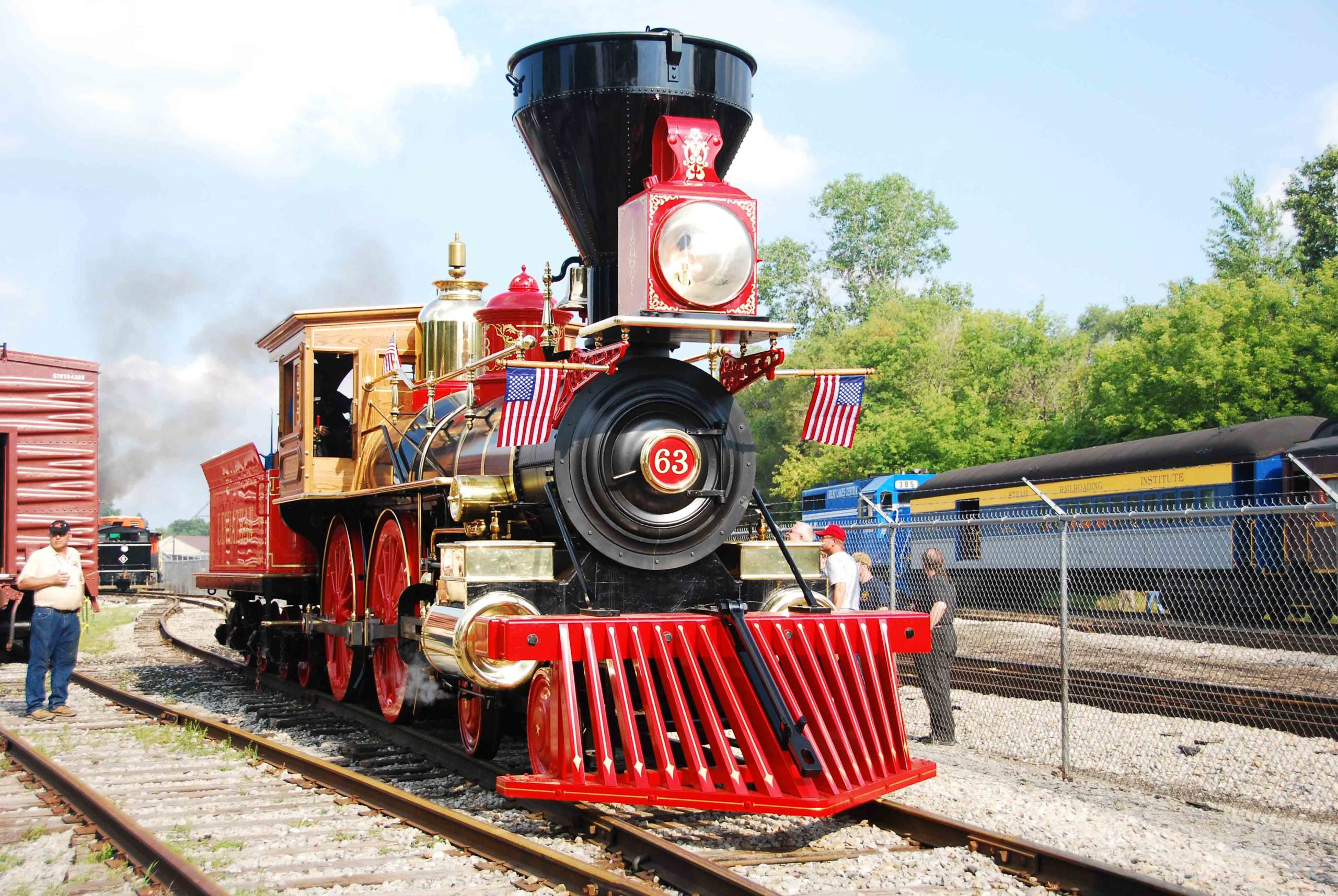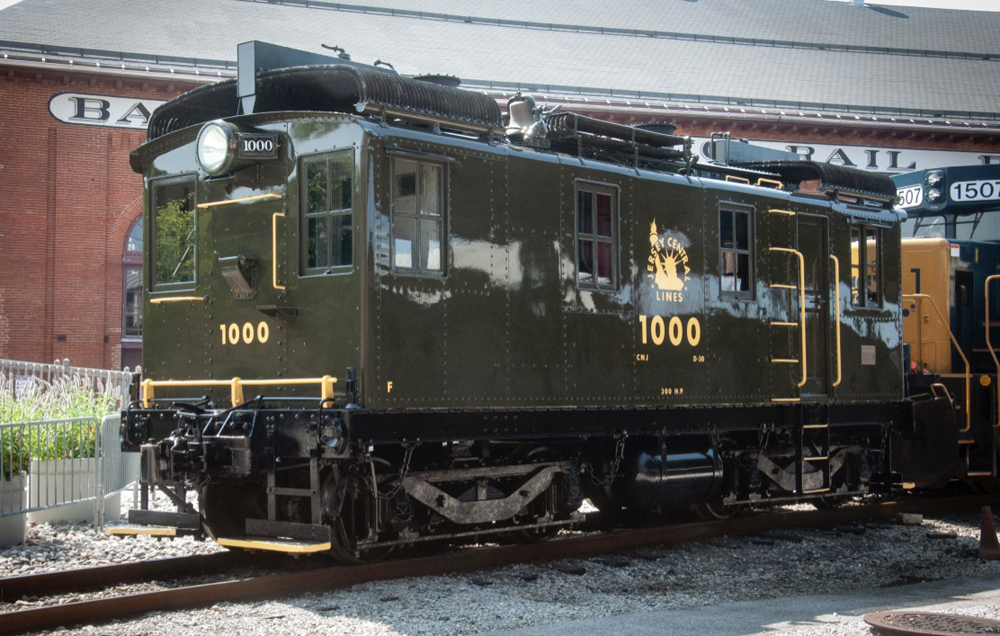Alas, as has been the case since Amtrak’s inception, the lack of on-board supervision coupled with some employees’ resolve to do as little work as possible – because their arrogance enables them to believe they can get away with it – means Amtrak sometimes misses the extra revenue and the opportunity to serve its customers better.
That’s what happened on Sept. 1, 2008, when members of the Chicago-based funk band Bumpus were returning from Glenwood Springs, Colo., after playing the Jazz Aspen music festival over Labor Day weekend. A festival promoter offered them the good-paying gig, including lodging, after catching one of the group’s Colorado performances earlier that summer. They had collectively spent over $1,100 on round-trip, peak-season California Zephyr coach tickets. But when a rail-savvy musician checked on getting an upgrade to a roomette while waiting for a four hours’ late train 6 at Glenwood on the way home, he was quoted a price of $491. The station agent encouraged him to check for space once on board. Once on the train, a conductor said he had nothing available, but made a cursory glance at the manifest and volunteered that there were probably 4 roomettes, “a bunch of bedrooms,” and one handicapped-accessible bedroom available at Denver, where a third sleeping car would be added to the rear of the train. “Check with the conductor who gets on at Denver,” he advised.
The musician hoped to buy at least one room for the night at a reduced rate. The band member located the new conductor, Paul Boravac, on the platform at 11:30 p.m., while the train was still in the station and attendants were helping passengers board their sleeping cars. “Well, there probably is availability, but I can’t sell you a ticket. We don’t sell tickets late at night,” he said. When pressed further about the fact that the train was still in the station and it was four hours late, he further explained, “you see, our attendants – they work – and after a certain time we don’t sell tickets,” and said something about that being a train crew issue and not his issue.
Once the train left Denver and the conductor passed through the coaches to check tickets, however, the musician asked again and Boravac responded, “I do this run four nights a week 200 nights a year and I go through this every night. We just don’t sell tickets this late.” Attempting to investigate the situation for himself, the passenger headed to the front of the train where he encountered an attendant, J.C., talking on his cell phone in the dining car. The passenger asked if he bought a ticket, would the attendant be willing to turn down the bed. “I don’t know nothin’ about that. You talk to the conductor,” said J.C. When told that the conductor had said he wouldn’t sell a ticket because attendants wouldn’t accept passengers after a certain time, J.C. said, “Oh no, I don’t got nothin’ to do with that,” and returned to his cell phone conversation.
The musician ran into the conductor once more and asked if he could please speak with him in the lounge car. Boravac agreed, but when asked there what would happen if a passenger had a sleeping car reservation boarding at the next stop, Ft. Morgan, Colo., he responded, “I told you before and this will be the last time because you’re really upsetting me. We don’t sell tickets late …. one more word and I’m going to call the police and throw you off the train. Are we clear?” The band member walked back to his coach seat. The money he would have spent stayed in his pocket and the too-bright center aisle lights were not dimmed for nighttime, so he got only a couple of hours sleep.
The incident occurred almost two years ago, but Bonnie Campbell’s experience on the westbound California Zephyr in April 2010 (pages 20-21, July Trains) shows that the defiant, “you make work for me!” attitude towards passengers by some conductors – perhaps with complicity by on-board service attendants – is still alive. This summer, a Chicago-Denver sleeper will again be added, but the eastbound train is less likely to be as tardy as train 6 was back then (the Zephyrs had an on-time record of only 5 percent in September 2008 compared with 72 percent in April 2010). The, “we don’t sell tickets late” excuse may not work anymore.
Sleeping car attendant Mark Parker, interviewed while working the Denver-Chicago car on the next day’s eastbound run, said that whether vacant rooms are sold depends on the conductor in charge of each train. He had accepted upgraded passengers often, though the car was sold-out on many trips that summer. “I don’t like to cut it too close on the rooms, though, because if there is a mechanical issue with a door or plumbing, it’s good to have an extra room to put the passenger in rather then send them up to the coach,” said Parker.
Another issue for crews could be the fact that a sleeping car attendant in an adjacent car is charged with working the four rooms for sale in the transition dorm car. If a train has three Superliner coaches and the sleepers sell out, an additional coach attendant might work the dorm car, an awkward arrangement because the sleepers, lounge, and dining car are in between. Because of this stretched-thin staffing situation, these rooms are always the last ones sold. So though the manifest shows that the rooms are empty, it is easy to understand how a tacit understanding can develop between the operating and on-board crews not to go out of the way to sell any empty rooms in this car.
Is there a fix? Perhaps a system should be set up to allow on-board passengers to place a call to (800) USA-RAIL from the train after a certain time, say, 6 p.m., and link a new reservation to their existing coach ticket at the lowest fare. The completed booking would free the conductor from the obligation to make sure the room hadn’t been sold before he processes an on-board upgrade. In the not too-distant future, Amtrak will be attempting to incorporate inventory management into the GPS system it now uses to track train location, making it easier for conductors to confidently block space once its sold rather than risking a double sale when trying to reach a call center (extremely difficult over much of the route between Denver and Glenwood Springs). Incentives to both the operating and on board crews have been discussed, but there are complicated labor issues that make implementing an incentive system difficult.
For now, the best hope for passengers wishing to upgrade is to do some homework on availability before the train leaves the station as a way to manage their own expectations. Then passengers can hope that they have operating and on-board crews that are willing to go the extra mile to make the traveler happy and make Amtrak an extra buck.
Full disclosure: the musician who was nearly thrown off the California Zephyr is my son, James, who took his first Amtrak ride at breakfast in the dining car of the Inter-American from Chicago to Joliet in October 1977 at age 3. He’s seen it all since then: sleeping train chiefs who holed up in their room for two days, great attendants, the airline food phase of 1982, mice in Heritage sleepers coming out of Grand Central Terminal on the Lake Shore Limited, steaks cooked over presto logs, horseshoe curves, all night in coaches, and being roused out of his “economy bedroom” by DEA agents at Kansas City on the Southwest Chief after he was profiled by an attendant because he traveled with a guitar. He’s worked as a server in restaurants, too, and understands the pride of providing good customer service so he isn’t inclined to just take “no” for an answer.
Some trains are more likely than others to have empty rooms for at least a portion of a trip, depending on the scheduled times it pauses at major stops en route and how many sleeping cars are assigned.
Good bets
California Zephyr
Grand Junction or Glenwood Springs to Reno and Chicago-Denver (summer).
Many passengers travel to Central Colorado from the Midwest and the San Francisco Bay Area to Reno’s casinos in all seasons, leaving a “donut” for the night in between I was able to upgrade from Sacramento to Salt Lake City in May 2009 for slightly more than $100. An extra sleeper is added for Chicago-Denver in the summer, but booking it, especially eastbound, as you can see, can be a challenge!
Sunset Limited
New Orleans-San Antonio/El Paso
Until the tri-weekly overnighter to and from Los Angeles becomes a daily Chicago-Los Angeles Texas Eagle this fall (cross your fingers), the full sleeper and 4 rooms sold in the dorm/sleeper are most likely to be available, rather than rooms in the Superliner that connects with the Eagle. After the proposed rescheduling, better times at Maricopa (Phoenix, if you can get a ride) and Tucson could open up more mid-route availability like the California Zephyr.
Coast Starlight
Any segment
Except for parts of some winter months, the Seattle-Los Angeles train operates with three full sleepers in its consist and caters to many travelers who buy rooms for day use between L.A., Sacramento, and the numerous destinations in between. The expanded inventory can open up an occasional room for the overnight portion of the trip north of Sacramento.
Not likely
Perhaps the longest shot of getting any upgrade is on the Chicago-Indianapolis-Washington-New York Cardinal, which only has one Viewliner sleeper assigned with several rooms blocked for on-board crew use). A close second is the City of New Orleans on weekends and during special events because this train only carries one Superliner sleeper plus four roomettes sold in the transition dorm.














